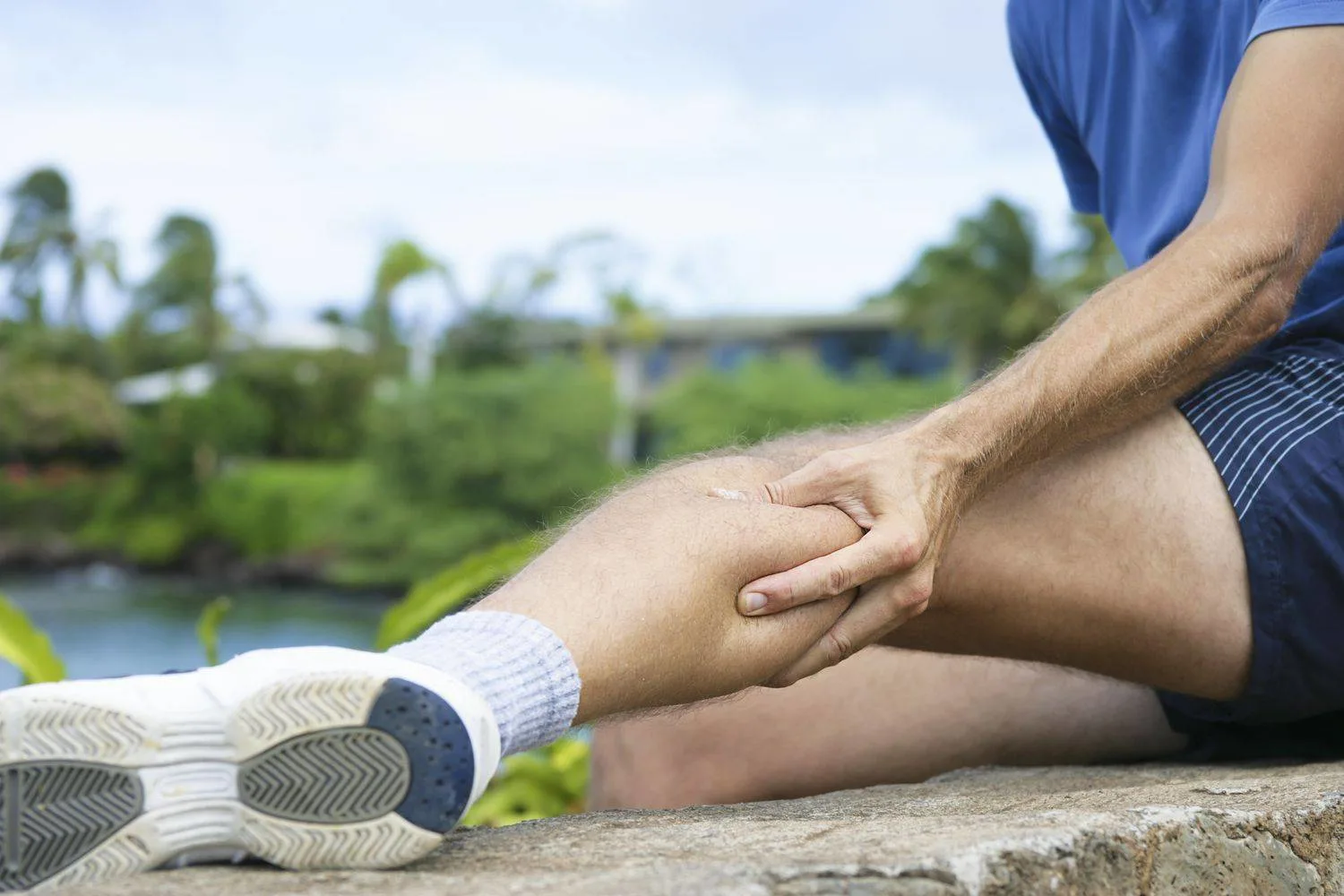Introduction: The Surprising Connection Between Your Calves and Your Back
You’ve probably stretched your back a dozen times. Maybe you’ve tried heating pads, foam rollers, or even a massage gun. But despite your best efforts, that nagging lower back ache just won’t quit.
Now here’s a curveball: What if the real problem isn’t in your back at all—but in your calves?
At Simply Physio, we see this kind of thing all the time. People come in for back pain, expecting the root cause to be somewhere near their spine—only to learn their tight calf muscles might be part of the chain reaction causing all that tension and discomfort.
It sounds odd, but trust us—your body is more connected than you think.
Understanding the Anatomy: How Tight Calves Affect the Whole Body
Your calf muscles—mainly the gastrocnemius and soleus—aren’t just about helping you walk, run, or stand on tiptoe. These muscles connect to the heel through the Achilles tendon, and from there, they influence the alignment of your ankles, knees, hips, and yes—even your lower back.
When your calves are tight, they reduce ankle mobility. That limited movement affects how you walk, how you squat, and how you stabilize your body during basic movements. Your body doesn’t just give up when something’s tight or stuck—it finds a workaround. That’s when compensation patterns begin.
In many cases, the back picks up the slack—overworking, over-arching, and eventually, becoming inflamed or painful.
So yes, tight calves really can cause back pain. And they often do.
Common Causes: Why Are Your Calves Tight in the First Place?
Let’s take a look at what’s usually behind tight calf muscles—and how it ends up impacting your back:
1. Injury and Overuse
Whether you’re a runner, a weekend hiker, or someone who’s recently taken up jumping rope, repetitive movements and high-impact activities can leave your calf muscles in a constant state of tension. This tightness builds up over time and can throw off your entire movement pattern—leading to strain in the hips and spine.
2. Footwear Choices
That sleek pair of shoes might be doing you more harm than good. High heels, unsupportive flats, or shoes with poor arch support can shorten your calves and change how you walk, causing misalignments up the chain.
3. Sedentary Lifestyle
Sitting for hours a day can lead to reduced flexibility and poor circulation in your legs. When muscles aren’t being used or stretched regularly, they tighten up—and the calves are no exception. And yes, even if you’re not an athlete, tight calves can still sneak up on you.
4. Postural Habits and Structural Issues
People with flat feet or high arches often develop calf tightness as their bodies try to create stability. This altered structure can shift pressure into the lower back—especially when walking or standing for long periods.
5. Nerve-Related Conditions
Sometimes, what feels like tight calves is actually nerve tension, particularly from the sciatic nerve pathway. In this case, calf tightness might not be the root cause of the back pain—but a clue that both issues are part of a larger system breakdown.
Diagnosing the Problem: Is It Really Your Calves?
Wondering if your calf muscles could be at the root of your back pain? Here’s a quick checklist to help you start narrowing it down:
- Do you have trouble flexing your foot up toward your shin (dorsiflexion)?
- Does your back hurt more after standing or walking for long periods?
- Do your hamstrings or calves feel constantly tight—even after stretching?
- Do you wear high heels or unsupportive footwear regularly?
If you said yes to any of the above, your calves might be contributing to your discomfort.
Still not sure? That’s where we come in.
At Simply Physio, we perform thorough movement evaluations to see how your entire body works together. We look beyond symptoms to uncover the real source of the pain—and develop a plan that works for you, not just your back.
There are also red flags you should never ignore. If your back pain is sharp, radiating, causes numbness or weakness, or disrupts your bladder or bowel function—don’t wait. Call your doctor or seek immediate medical care.
Treatment Options: What Can You Do About Tight Calves (and Your Back)?
Start with Home Remedies
If you’re looking for some short-term relief, here are a few things to try at home:
- Stretch your calves daily, using a wall or step to gently lengthen the muscle.
- Use a foam roller or massage ball on the calves to release tension.
- Apply heat to improve blood flow, or ice if there’s inflammation.
- Elevate your feet after standing to reduce fatigue and pooling of fluid.
But while these options may help temporarily, they often don’t address the bigger movement issues.
Get Professional Help (That Actually Works)
At Simply Physio, we specialize in solving problems like this. Our physical therapists don’t just focus on one area—we look at how your calves, feet, hips, and spine all work together.
Here’s what a customized plan might include:
- Manual therapy to release stubborn muscle and fascial tension.
- Gait analysis to assess your walking patterns and correct movement issues.
- Targeted mobility work to improve ankle flexibility.
- Strengthening your glutes and core to support your lower back.
- Education on footwear, posture, and daily habits to prevent re-injury.
We’ve helped plenty of people just like you finally understand why their back hurts—and how to fix it at the root.
Prevention Tips: Keep Your Calves (and Your Back) Happy
Once you’ve found relief, the goal is to make sure the problem stays gone. Here’s how:
- Stretch your calves regularly—especially if you sit a lot or do high-impact workouts.
- Prioritize ankle mobility in your warm-up and cool-down routines.
- Avoid wearing heels or unsupportive shoes for long periods.
- Stay active, but mix it up. Combine walking, strength training, and mobility work.
- Strengthen your posterior chain—glutes, hamstrings, and calves—to improve balance and alignment.
One of our favorite calf stretches at Simply Physio? The classic wall stretch. Place your hands on a wall, step one foot back, and press the heel into the ground while keeping the back leg straight. Hold for 30 seconds. It’s simple—but effective.
And remember: Stretching alone won’t fix everything. The key is a balanced program that includes mobility, strength, and movement re-education.
Time to Get to the Root of Your Pain
Back pain is frustrating. And even more frustrating is when you can’t figure out where it’s coming from.
But here’s what we want you to know: It doesn’t have to be this way. If your calves are tight, your back is aching, and nothing seems to be working—it’s time to let us help.
At Simply Physio, we’re experts at seeing the whole picture. We’ll guide you through a personalized assessment, show you exactly what’s going on, and walk you step-by-step toward feeling like yourself again.
We’re not just here to fix your pain—we’re here to help you move better, live better, and stay that way for the long haul.
Ready to feel better—starting from the ground up?
Book your consultation today with Simply Physio. Let’s get to the bottom of your back pain—together.



